Connecting your digital tools seamlessly is vital for today's fast-paced businesses. API (Application Programming Interface) integration acts as the digital glue, linking your software systems for smooth data flow and automated workflows.
This guide, designed for business leaders and teams, will show you how modern platforms make API integration incredibly easy, driving efficiency and growth without deep technical knowledge.
API Integration Basics
What is an API?
Think of an API as a digital messenger that allows different software applications to talk to each other and exchange information. It simplifies how your apps interact, letting them share data and functions seamlessly, just like ordering from a menu without needing to understand how the kitchen works.
How API Requests and Responses Work
When one application needs information or wants to tell another app to do something, it sends an API request. Think of it as placing an order with a digital assistant. The other application then processes this request and sends back an API response – like getting a confirmation or the information you asked for.
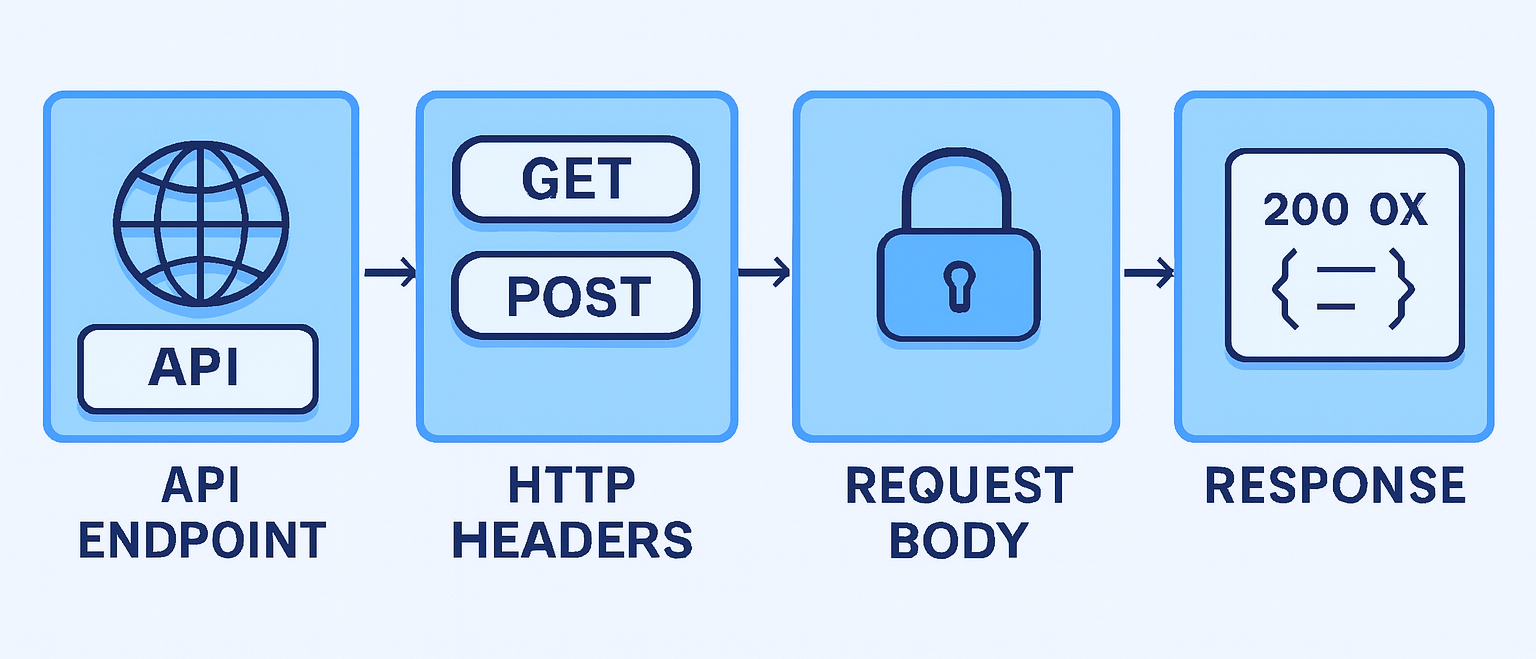
This digital conversation ensures your apps get exactly what they need, whether it's pulling customer data from a CRM or triggering an email notification. The API handles all the technical back-and-forth, so you just see the results.
Why API Integration Matters
API integration offers many benefits, leading to better business agility:
- Efficiency and Productivity: Automate tasks and streamline workflows, freeing up your team's time.
- Enhanced Customer Experience: Connect systems to provide smooth, personalized user journeys.
- Faster Innovation: Quickly adopt new capabilities by leveraging third-party services and cutting-edge tools.
- Smarter Decisions with Data: Gather comprehensive data for deeper insights and more informed choices.
- Streamlined Operations: Unify fragmented systems for improved visibility and control across your business.
- Extended Life for Legacy Systems: Breathe new life into older systems by integrating them into modern digital workflows.
Choosing API Styles
Just as there are different ways to design a building, there are various architectural 'styles' for APIs (like REST, GraphQL, or gRPC). These styles have technical distinctions that developers consider.
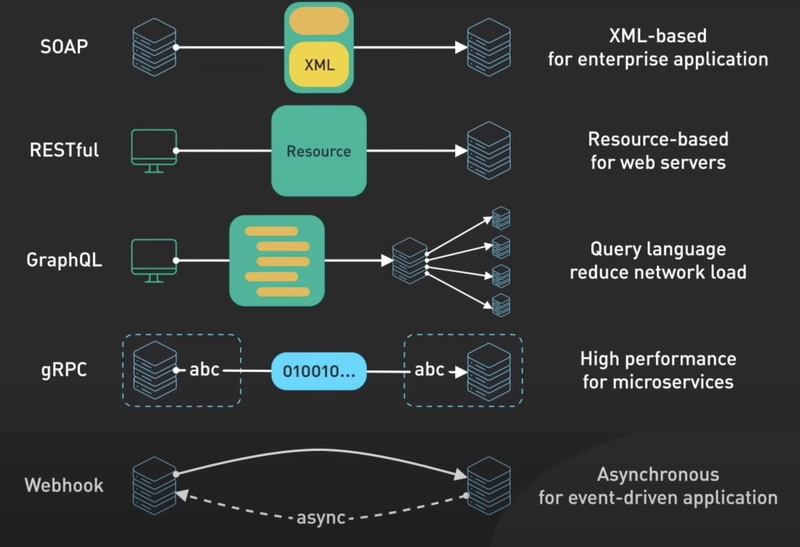
The good news for you is that you don't need to become an expert in each of these technical styles. Modern API integration platforms are built to seamlessly handle these variations behind the scenes. This means you can focus on what you want your systems to do together, knowing that the platform will manage the how, connecting to virtually any API your business needs – whether it's for real-time updates, secure transactions, or flexible data access.
Building Integrations: Code vs. Platforms
When bringing your systems together, businesses typically choose between writing custom code or using specialized integration platforms.
| Feature | Custom Code API Integration | Integration Platforms (Like GoInsight) |
|---|---|---|
| Control & Customization | High: Full control over every detail, highly specialized solutions. | High: Highly configurable within the platform, designed for business needs. |
| Development Speed | Slower: Requires manual coding, longer setup and testing. | Uses pre-built connectors and visual interfaces, enabling rapid deployment. |
| Technical Skill Needed | Requires deep programming expertise and specialized developers. | Abstracts complexity, often uses visual, drag-and-drop interfaces (low-code/no-code). |
| Scalability | Requires careful design and manual scaling efforts. | High: Designed for large-scale operations, often with built-in auto-scaling. |
| Maintenance | High: Ongoing manual updates, troubleshooting, and upkeep. | Lower: Platform provider handles most underlying maintenance and updates. |
| Cost | Potentially lower initial, but often higher long-term (staff, maintenance). | Potentially higher initial (subscription), but significantly lower long-term due to efficiency and reduced dev needs. |
| Flexibility | Maximum: Can be tailored to truly unique and niche requirements. | Very Good: Highly configurable, but within the platform's features and connectors. |
| Best For | Core, highly unique, or extremely specialized integrations. | Connecting cloud/SaaS apps, rapid integration, automating routine tasks, empowering business users. |
This table highlights key comparison points to help you make better decisions for your business.
Essential Integration Patterns
These are common, proven ways your different software systems can communicate, acting as practical blueprints for how data flows to achieve specific business outcomes.
Instant Feedback (Request-Reply): Immediate Results for Specific Actions
- Purpose: When you need an immediate answer or action, like checking inventory or processing a payment. One system asks, and the other instantly responds.
- Uses: Scenarios needing instant results, like querying data or processing payments.
Event-Driven Updates (Publish-Subscribe): Real-time Actions for New Occurrences
- Purpose: For real-time notifications and automatic actions. One system announces an event (e.g., 'new order received'), and all interested systems automatically get the update and can react. This is more efficient than constantly checking for changes.
- Uses: Parallel processing, broadcasting messages, event-driven systems.
Bulk Data Handling (Batch Processing): Efficiently Moving Large Data Volumes
- Purpose: For moving large amounts of data efficiently at scheduled times, not necessarily in real-time. Think of migrating old data or generating daily reports.
- Uses: Data warehousing, data migration, and consolidating historical data.
Other Patterns: Bidirectional Sync, Correlation, Aggregation
- Bidirectional Sync: Keeps data consistent across two systems, allowing both to act as one unified dataset.
- Correlation: Synchronizes only specific shared items between two datasets, ensuring relevant data matches.
- Aggregation: Gathers data from multiple systems into one central location for comprehensive reporting and analysis.
Extra Tip: The Benefits of AI API Integration
AI APIs provide access to artificial intelligence capabilities without needing to build complex AI models from scratch or hire a team of AI scientists. These APIs allow your applications to integrate features like natural language processing, image recognition, and generative AI with surprising ease.
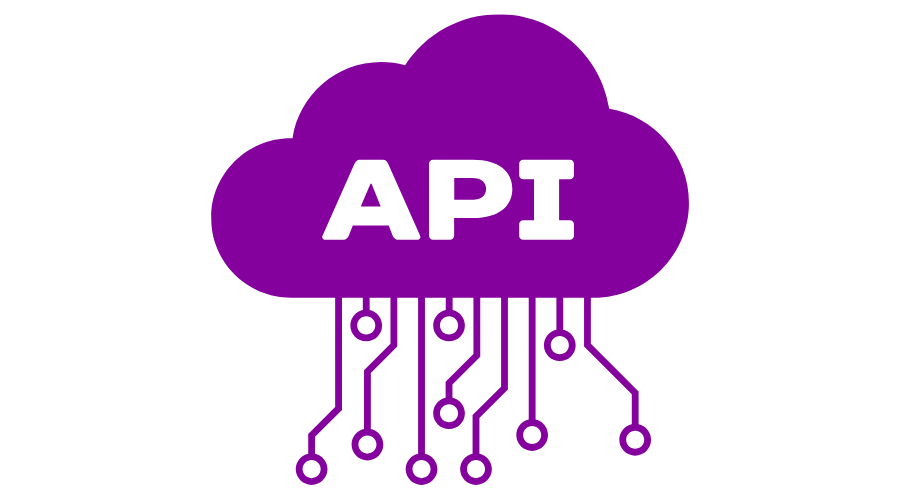
Why Integrate AI APIs?
Integrating AI APIs offers significant advantages:
- Adding Intelligence: Infuse applications with advanced capabilities like understanding text, recognizing images, or generating content.
- Automating Complex Tasks: Automate processes that traditionally required human intelligence, such as sentiment analysis of customer reviews or automated content creation.
- Enabling New Features: Unlock entirely new product features and services, from smart chatbots to personalized recommendation engines.
- Leveraging Data: Utilize vast amounts of data for training and fine-tuning AI models, leading to more powerful and accurate AI-driven insights.
Common Use Cases for AI APIs
- Natural Language Processing (NLP): Sentiment analysis, text summarization, language translation, chatbot interactions.
- Computer Vision: Image recognition, object detection, facial recognition, video analysis.
- Generative AI: Content creation (text, images, code), data augmentation, personalized marketing messages.
- Speech Recognition & Synthesis: Voice assistants, transcription services, text-to-speech applications.
GoInsight in Action: Get API and Build Your Own Workflow
Let's see how platforms like GoInsight.AI simplify API integration, making it accessible for everyone, not just developers.
GoInsight is a powerful visual workflow automation platform that helps business users and technical teams alike build complex API workflows. Its easy-to-use, drag-and-drop interface lets you design sophisticated logic for actions like getting data from online services or transforming information, making integrations efficient and accessible for all.
Effortlessly build and manage diverse API integration workflows using a powerful visual platform.

Case Study: Analyzing YouTube Comments with AI Workflow
A business wants to automatically analyze and summarize comments from a YouTube video to understand audience sentiment or extract key topics. Manually doing this for many videos is time-consuming and inefficient.
GoInsight's Solution: Automating Insights with a Visual Workflow
GoInsight offers a smooth solution for this, combining simple API calls with powerful AI capabilities to build an automated workflow:
1. Get YouTube Comments with a Connector Node
GoInsight's Connector Node (or "HTTP Request Node" for those more familiar) is your primary tool for interacting with almost any online service. You can easily configure it to fetch raw data from the YouTube API, for example, by simply specifying the URL and any necessary authentication.
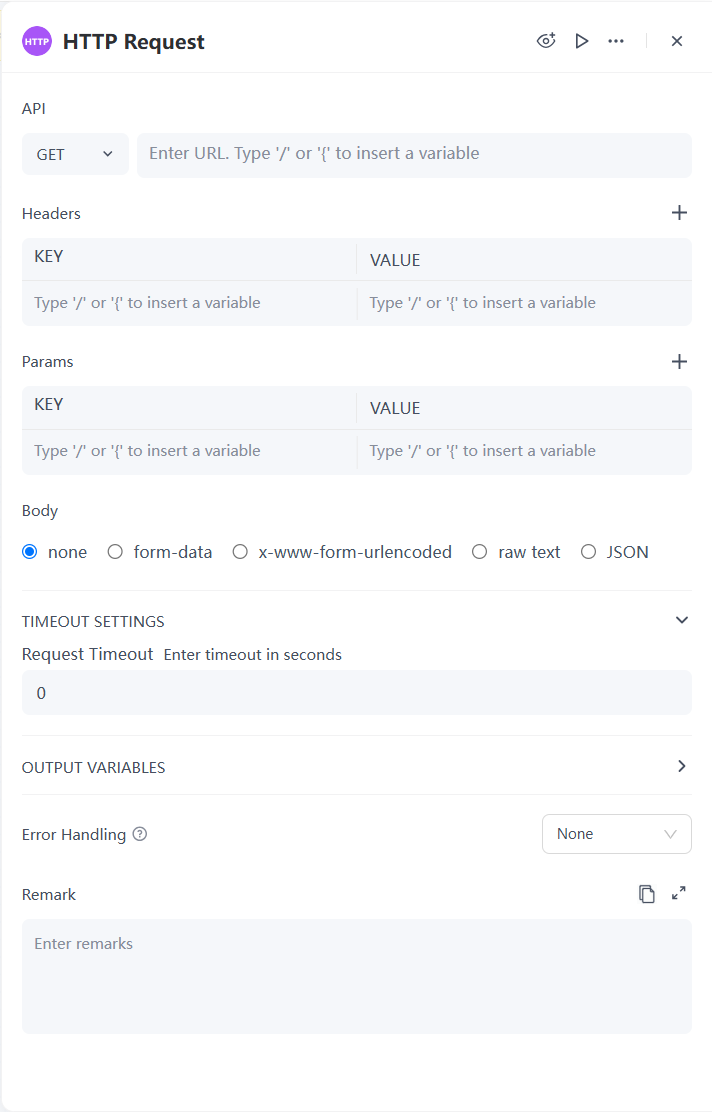
2. Process and Analyze with Visual Workflow Blocks (including AI):
Once the comment data is retrieved, GoInsight lets you chain other visual blocks to build your analysis workflow.
- Data Transformation: Use 'Data Transformation' blocks (like Code Nodes or JSON Transformation Nodes) to easily extract just the comment text from the API response and prepare it for AI analysis.
- AI Analysis with the LLM Node: This is where the power of AI comes in. You'd use an LLM (Large Language Model) Node in GoInsight. You simply feed the extracted comments into this node with a plain-language instruction, asking the AI to perform tasks like:
- Summarizing the main themes of the comments.
- Performing sentiment analysis (positive, negative, neutral).
- Extracting keywords or common questions.
- Conditional Logic & Integration: Based on the AI's output (e.g., if sentiment is negative), you can use 'Conditional' blocks to trigger further actions, such as sending an alert to a Slack channel or updating a dashboard – all visually.
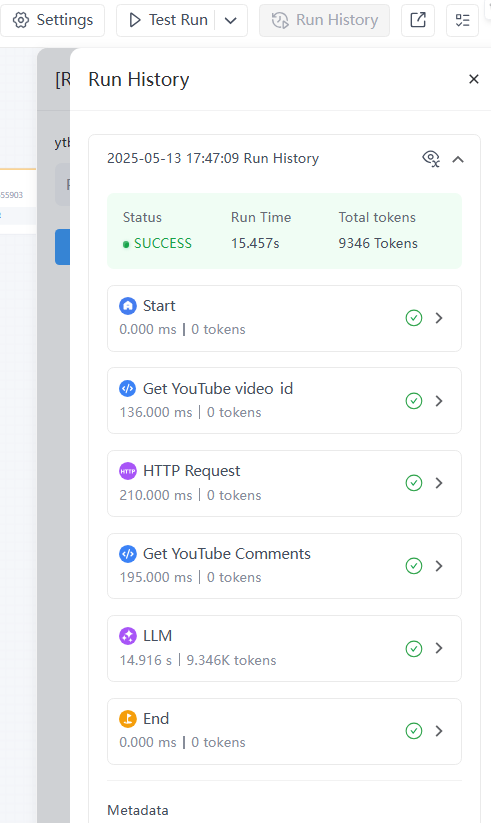
3. Intuitive Visual Workflow Design:
GoInsight's drag-and-drop interface allows anyone to clearly see the entire data flow and logic of this complex API integration, from fetching data to AI analysis. This visual representation simplifies the design, debugging, and maintenance of powerful workflows, making advanced automation accessible to all members of your team.

Conclusion
API integration is now a vital strategy for every modern business, not a technical hurdle. This guide showed you how easy it is with the right tools. By leveraging platforms like GoInsight, your team can effortlessly connect digital tools, automate tasks, gain insights, and unlock new levels of efficiency and innovation. Embrace connected systems and transform your business today!





Leave a Reply.